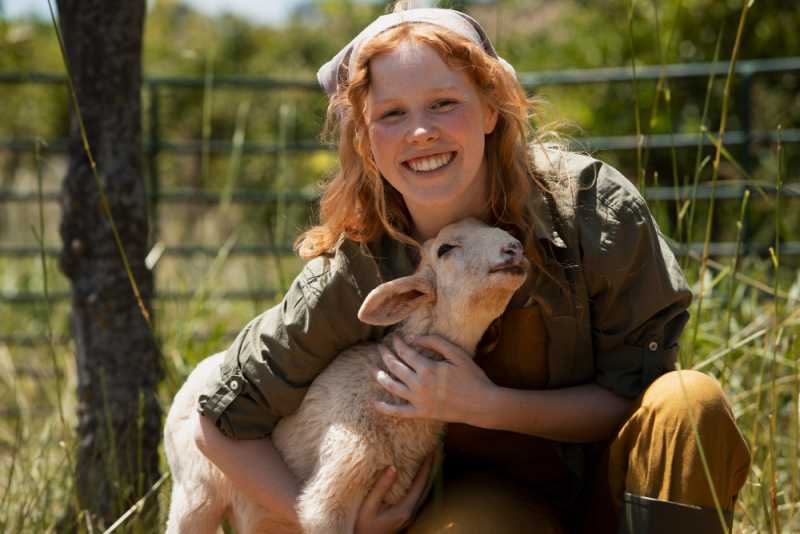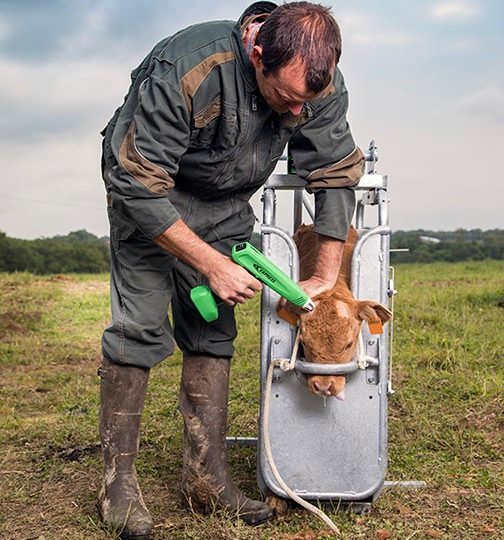
Ensuring animal welfare is a primary concern in cattle and goat farming. Farmers are tasked with providing their livestock, whether raised for milk or meat, with living conditions that are considerate and humane in every aspect.
Daily care for animal welfare
Stables should be roomy and comfortable, catering to the individual needs of each species. This includes constant access to shade, forage, and fresh water. The diet of cattle and goats needs to be tailored to their specific nutritional requirements, whether they are grazing outdoors or kept in barns. Outdoor grazing is recommended wherever feasible, and when natural grass is scarce, supplemental forage should be provided. Adequate protection during winter is also essential. Regular veterinary check-ups are crucial to prevent and treat any diseases.
Thermal hair removal in dairy farming
The frequency of milking dairy cows and goats varies based on factors like local farming practices, herd productivity, and the farmer’s goals. In France, most dairy farms typically milk their cows and goats twice daily, once in the morning and again in the evening. In contrast, some farmers, particularly in Germany and the United States, opt for thrice-a-day milking. A less common approach is once-a-day milking, which allows cows more rest and reduces the farmer’s workload, though it impacts productivity and earnings.
Regardless of the milking frequency, removing hair from cattle udders is vital for animal welfare, significantly reducing the risk of mastitis. This practice also benefits the farmer by preventing the soiling of milking machine’s teat brushes, thereby reducing maintenance and enhancing the equipment’s longevity. Additionally, hairless udders adhere better to the milking machine’s nozzles.
For both the farmer’s convenience and the animal’s comfort, thermal hair removal is superior to shaving. Gas-powered thermal hair removers, which produce a low-heat yellow flame, effectively treat an animal in about ten seconds. This process should be repeated 5 or 6 times a year.
Dehorning cattle and goats for their well-being
Dehorning cattle and goats plays a significant role in ensuring their welfare. It prevents injuries during transportation, minimizes conflicts between animals, facilitates better cohabitation in barns, and reduces incidents at feed fences. Dehorning is feasible only for young animals under two months old and involves disbudding the horns before they fully develop and fuse to the skull. This procedure, which involves cauterizing the dermal cells of the horn, is quick and, thanks to pre- and post-operative anesthesia, painless for the animal.
In contrast, chemical dehorning is less humane as it causes the skin and the bud to burn, forming a scab that falls off after two to three weeks. This method not only causes pain but also poses a risk of the young animal spreading the corrosive paste to others, especially its mother, during physical contact.





